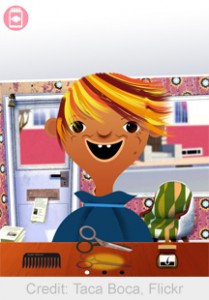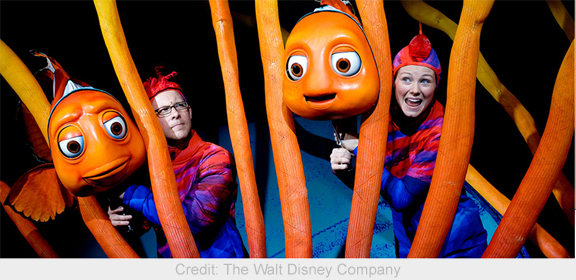Coming back from vacation in Disney World, I went to a local barber shop to have a haircut.
During the hair cutting, I chatted with the lady barber. I mentioned that I might ask her to cut the hair for my 6-year daughter. She then told me some stories of her younger clients.
 “Cutting hair for children and teenagers is very challenging.” She began.
“Cutting hair for children and teenagers is very challenging.” She began.
“Some little girls are very particular about their hair style. Many of them are not used to see big changes. Too much change (shorter hair) might bring them to tears. I have seen some young girls doing that."
“Many teenagers are very creative. They bring the pictures from magazine and ask me to do a similar design. Other talented may even draw the images from cartoon series and ask for the same style. Still others, when accompanied by parents, may have disagreements on the way his or her hair should look like. When discussion got heated, parents finally showed the card: if I pay for the hair cut, it needs to be on my way, unless you pay for it.”
Hearing the little stories of hers, I could not help laughing out and thinking about the similar situation we have encountered in the past.
We develop drilling software for petroleum industry. Normally, we sell our designed software to both operators and service companies. They buy what we have. However, some clients occasionally specify the function and design. We end up building customized software packages for them.
Economically speaking, selling pre-designed software is better than software customization. But through customization development, we learnt new things and experienced more how the users feel about the software.
Alan Cooper, widely recognized as the “Father of Visual Basic" once said: "If we want users to like our software, we should design it to behave like a likeable person." Frequent interfacing with the users during the software customization brings us out of “Closet Developers”.
So, when the lady barber finally concluded with a sigh: “Cutting hair for children and teenagers is very challenging, but we do learn some new tricks!”, I smiled to her: “Amen to that, ma’am!"

